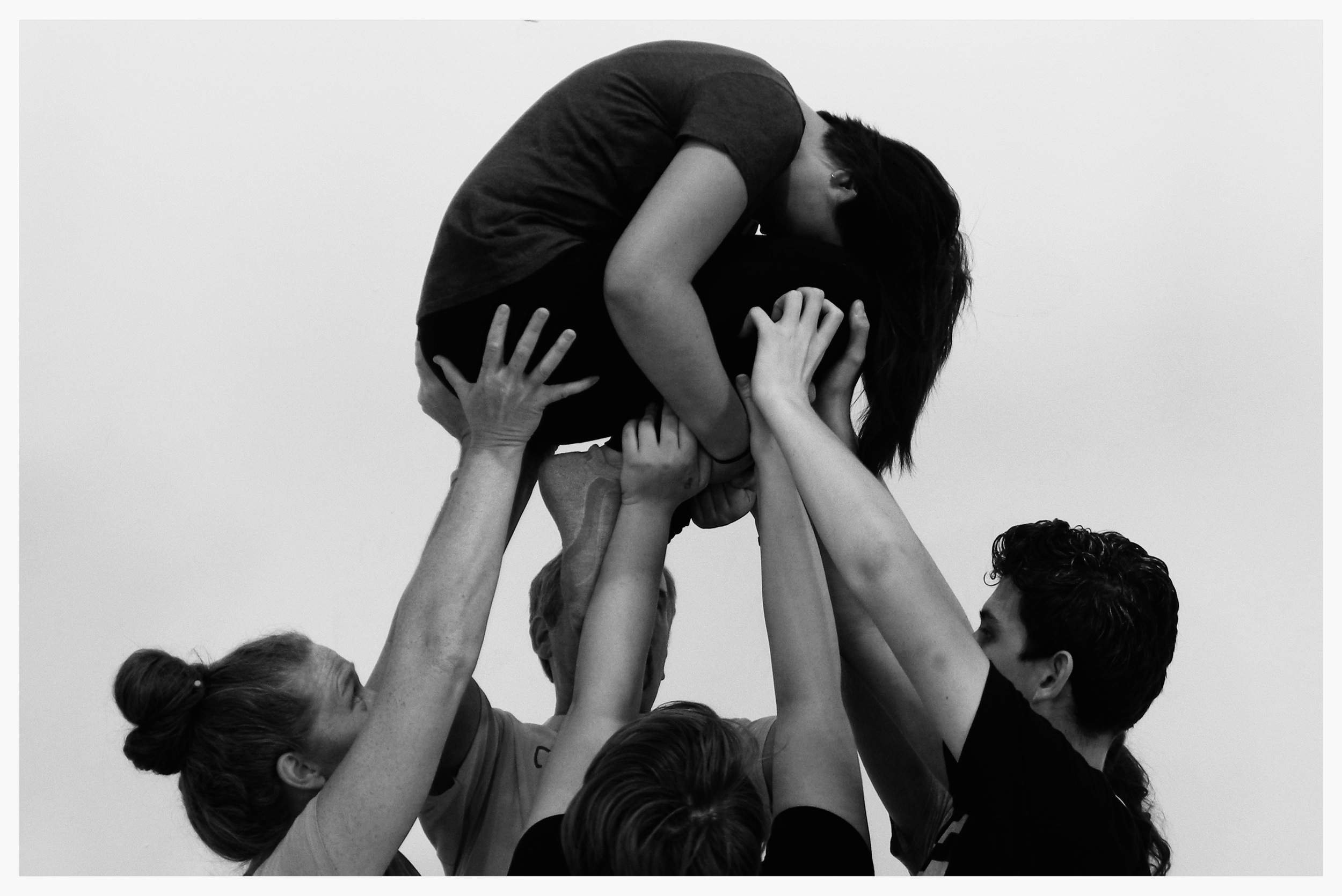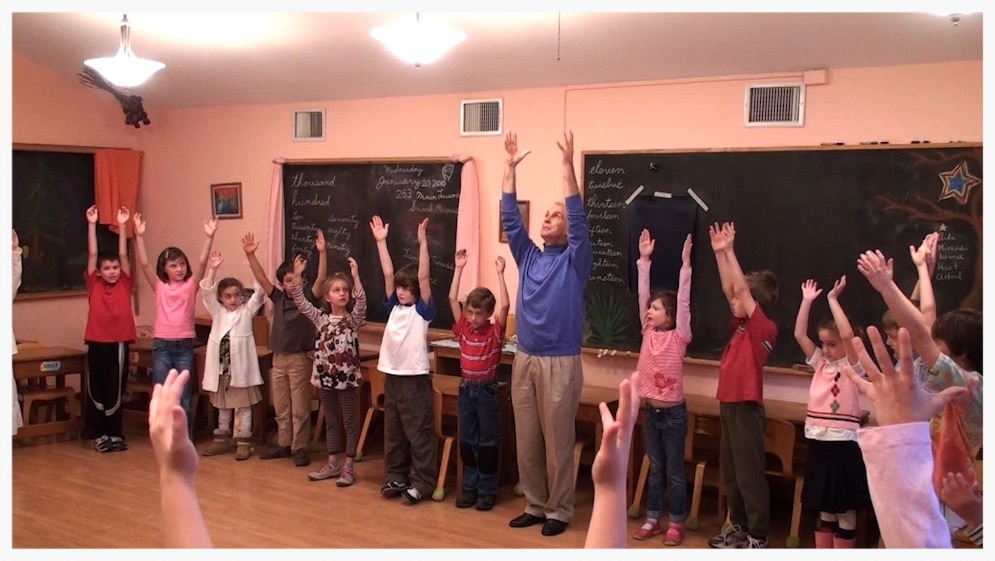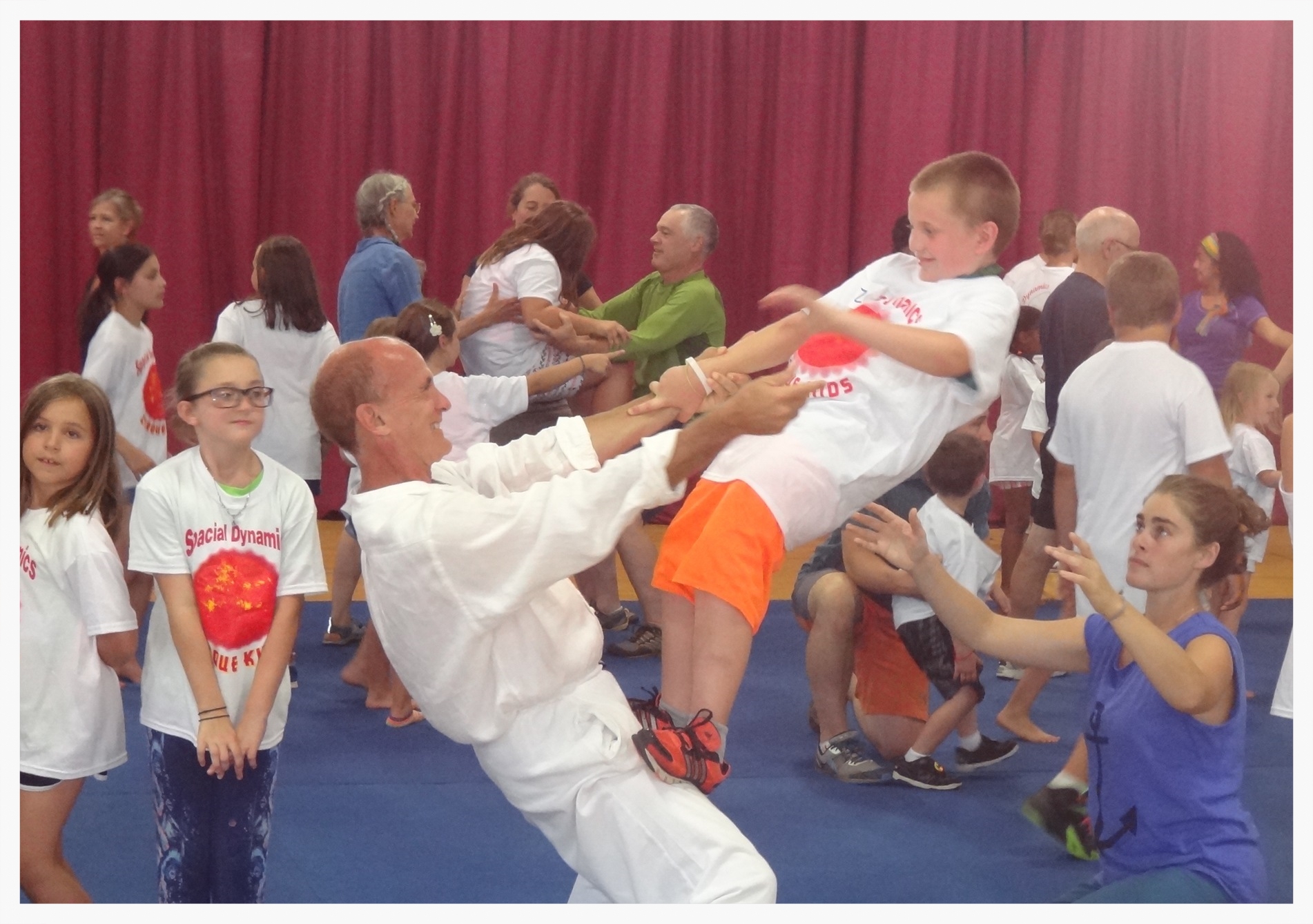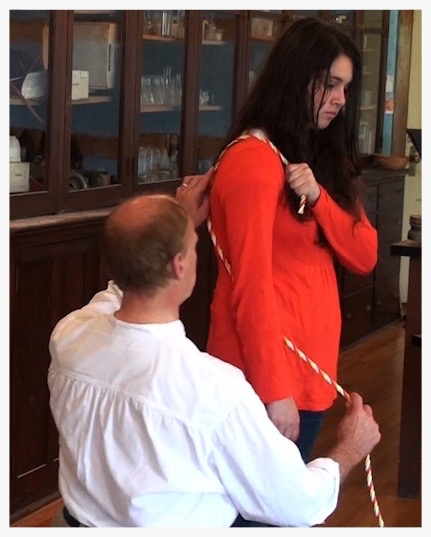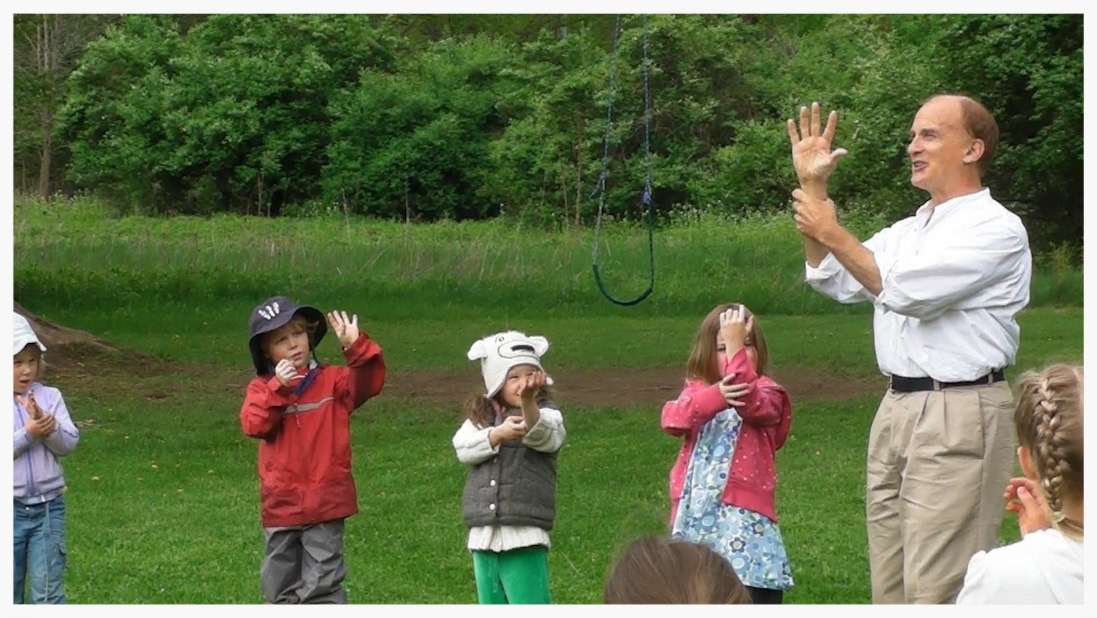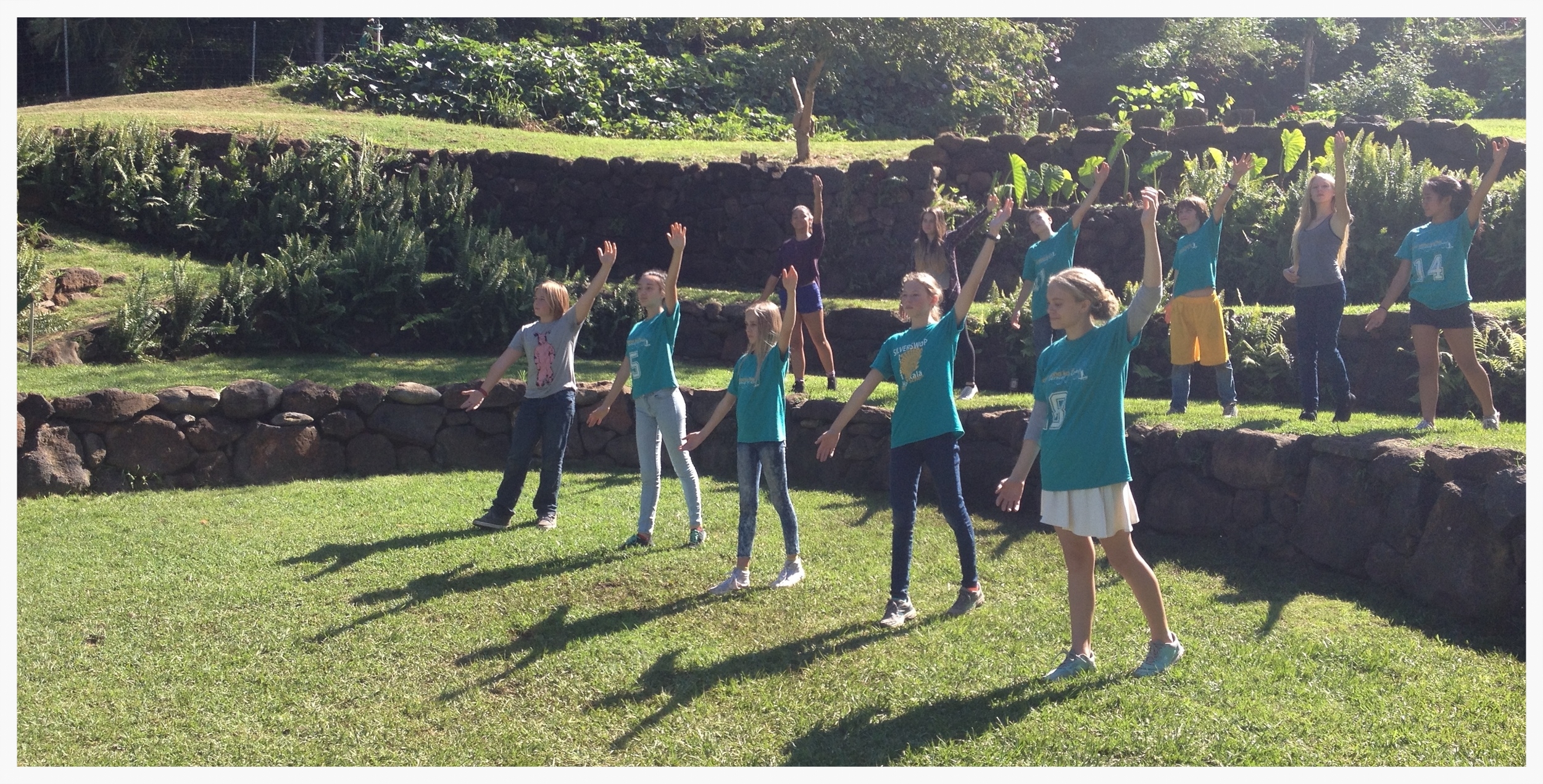As a teaching art, Spacial Dynamics® teaches how to teach any material. Thus it is used widely in teacher training programs, colleges and universities globally, introducing the element of space as a pedagogical catalyst. Besides teaching how to deal with the children in a warm and objective fashion, the teacher learns how to use his/her own space in order to maintain his/her own body and personal space. Involuntary spatial contraction and constriction are major contributors to exhaustion and burnout in teachers.
As an educational specialty, Spacial Dynamics® is comprised of a growing compendium of age-appropriate exercises, games, and interactive activities that support the child’s holistic and healthy progression from kindergarten through high school. This collection of developmentally appropriate games and exercises help the growing child on his/her journey through different spaces on the way to self- development, which includes the discovery of oneself, as well as the discovery of the other.
Children at every age have different physical, psychological, and developmental requirements. Spacial Dynamics owes a great deal to the insights of the philosopher and educator, Rudolf Steiner who isolated, identified, and integrated his ideas of multi-layered child development in his Waldorf School method.
A major contribution of Spacial Dynamics is recognizing that each developmental step needs to be addressed by meeting each stage, each class, and each child at spatially appropriate distances, in way that “fit” the situation. There are teachers who are successful with children of a particular age or stage. The same teachers often times are less effective or even fail when interacting with children of different ages. It is the rare teacher who can be effective with students of all ages. Those teachers who are able to reach children of different ages all share one particular ability: they are able to meet the children not only how they need to be met, but also where they need to be met.
Teachers can learn to choose the location of the educational encounter and meet the students where they need to be met by studying the art of spatial communication.
Dynamics of human interaction are both verbal and non-verbal. The full message is carried most effectively when supported by body/ space language. Oral instruction then can be enhanced through the silent language of posture, movement, and spatial cues.
In addition, the teacher can learn to modulate the location of interaction. This flexibility of spatial context (and not merely content) allows the teacher to encounter and address each child, and each age group in appropriate and differentiated manners.
This phenomenon of varying the range of space to provide a wide variety of encounters can also carry over to the teachers improving their effectiveness in communication with the students. Here the students are not spoken to, or towards. The students are able to hear and understand the teacher better when the teachers learn to remain centered, and learn where the students need to meet the material and the essence of the subject that the teacher is introducing them to.


